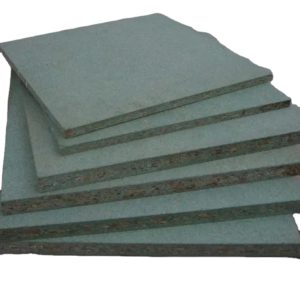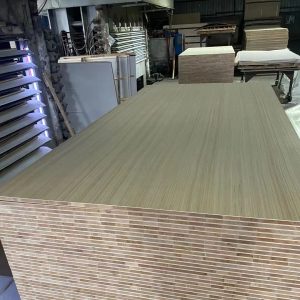## Why is Paint Not Sticking to MDF Boards?
When it comes to crafting, refurbishing, or home decor projects, Medium Density Fibreboard (MDF) has become a popular choice due to its smooth surface, strength, and affordability. Available in various sizes such as 4X8 MDF boards, and colors including Red MDF Board and Yellow MDF Board, they serve different purposes for DIYers and professionals alike. Yet, one common issue that arises is the problem of paint not adhering properly to the MDF surface. To tackle this concern effectively, we must first understand why such an occurrence takes place.
MDF, unlike traditional plywood, is made by breaking down soft and hard wood residuals into wood fibers, which are then combined with wax and a resin binder. The resulting material is pressed at high-temperature to create flat panels. While MDF’s fine, uniform texture makes it ideal for painting, its composition sometimes poses challenges for creating a lasting bond with paint.

The core reason paint may not stick well to MDF relates to its inherent characteristics. Unlike porous materials like wood, MDF has a much denser surface with fewer pores for the paint to penetrate and cling onto. Additionally, the wax content in MDF can further repel certain types of paint, inhibiting proper adhesion.
Another critical factor is surface preparation before painting. If the MDF board is new, it likely comes with a factory coating that can interfere with paint adhesion. Similarly, any contaminants such as dust, grease, or stains on the MDF surface might cause adhesion issues. Proper cleaning and sanding are essential pre-painting steps that cannot be overlooked.
The environment also plays a crucial role. High humidity or applying paint in overly cold temperatures can adversely affect how well the paint adheres to the board. Paint needs a moderate, dry environment to cure correctly. Moreover, if the surrounding air is too humid, it can slow down the drying process of water-based paints, increasing the risk of peeling or bubbling.

Type of paint is another determining factor. Not all paints are suitable for MDF. Oil-based paints generally perform better than latex ones since they don’t react with the board’s chemicals. Primers specifically designed for MDF can provide an excellent foundation layer for subsequent coats.
Lastly, application technique matters greatly. Using a paintbrush might work for some surfaces but consider using a spray gun for MDF to ensure an even coat without leaving brush strokes or drips. These imperfections can lead to uneven drying and eventual paint failure.
In conclusion, ensuring paint adheres well to MDF requires careful consideration of the board’s characteristics, thorough surface preparation, appropriate environmental conditions, selecting the right type of paint, and adopting correct application methods. By taking these aspects into account, one can successfully transform a plain MDF board into a beautifully painted masterpiece that lasts.
















